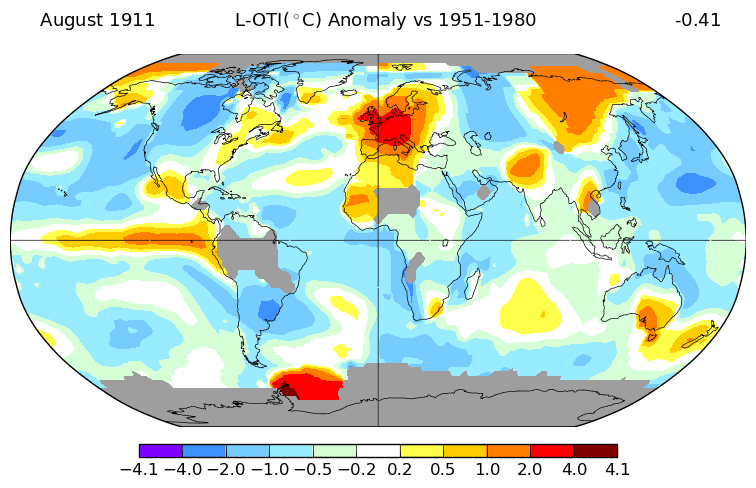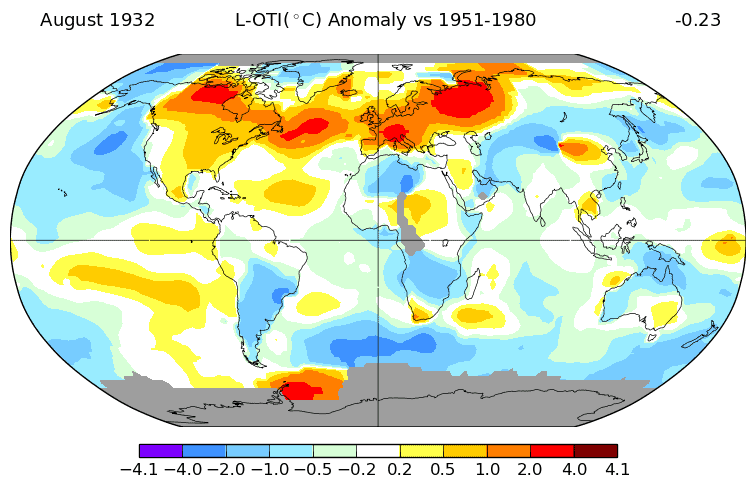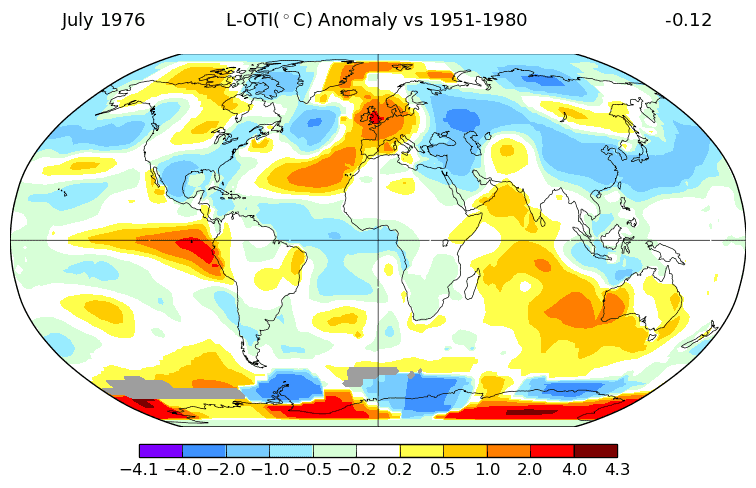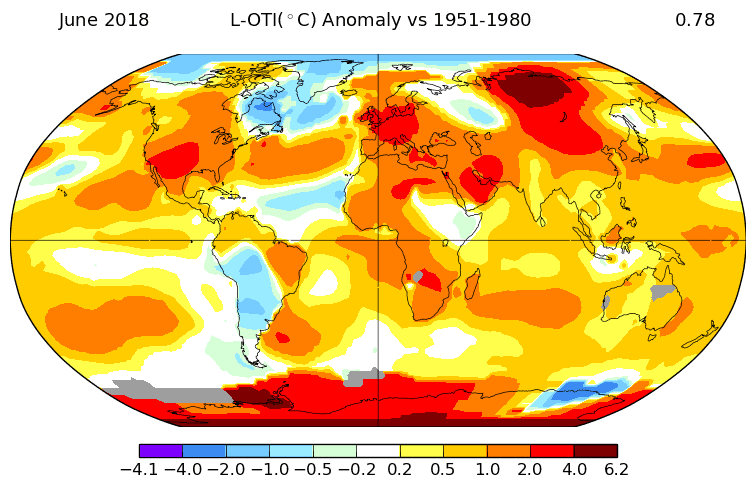Britain’s summer used to be so notoriously short that people made jokes about it. “Last year’s summer was great,” one would say. “It fell on a Wednesday.”
But in recent years, Britain (and most of the world) has hotter and hotter summers, heatwaves upon heatwaves, culminating with 2018 — which was the dryest in modern history, and may very well go on to be the hottest summer in British recorded history. Many parts of the country witnessed unbearably high temperatures and the effects were devastating.
As it’s so often happened in recent years, trains were slowed down or cancelled due to the buckling of the rails — but that was the smallest of issues. In London, the use of barbecue grills was temporarily banned in an attempt to keep grassfires under control. But then, the really big problems started kicking in.
Emergency rooms received record numbers of patients, drought forced some cities to stockpile bottled water, and the roof of the science museum in Glasgow started to melt. At the core of all this (and more record temperatures that will undoubtedly come in future years) is, likely, global warming.
It’s nigh impossible to draw a connection between a global effect such as climate change and localized events. Scientists loathe saying that global warming is responsible for X or Y, because it’s very difficult to establish a causality relationship; however, the evidence linking man-made global warming to rising temperatures is piling up, to the point where no reasonable person could ignore it. Simply put, we might not be able to link climate change to individual weather events — but globally, the warming is happening, and it’s obvious.
[panel style=”panel-danger” title=”Getting Hot” footer=””]The Intergovernmental Panel on Climate Change (IPCC) is an international and intergovernmental scientific body under set up under the United Nations, at the request of member governments, to study climate change and its effects. The IPCC found that global warming is happening, and it is caused by humans — assessing this beyond any reasonable doubt. “Scientific evidence for warming of the climate system is unequivocal,” they wrote. There are also thousands of individual studies that came to the same conclusion, and if you look at average temperatures over the years, things become pretty clear. [/panel]
If you’re still not convinced, let’s have a look at some maps. If a picture is worth a thousand words, these should definitely be explanatory: these are images of remarkably hot British summers — note the data on each image, and how the red spots start out rare and then expand.






Was this helpful?



